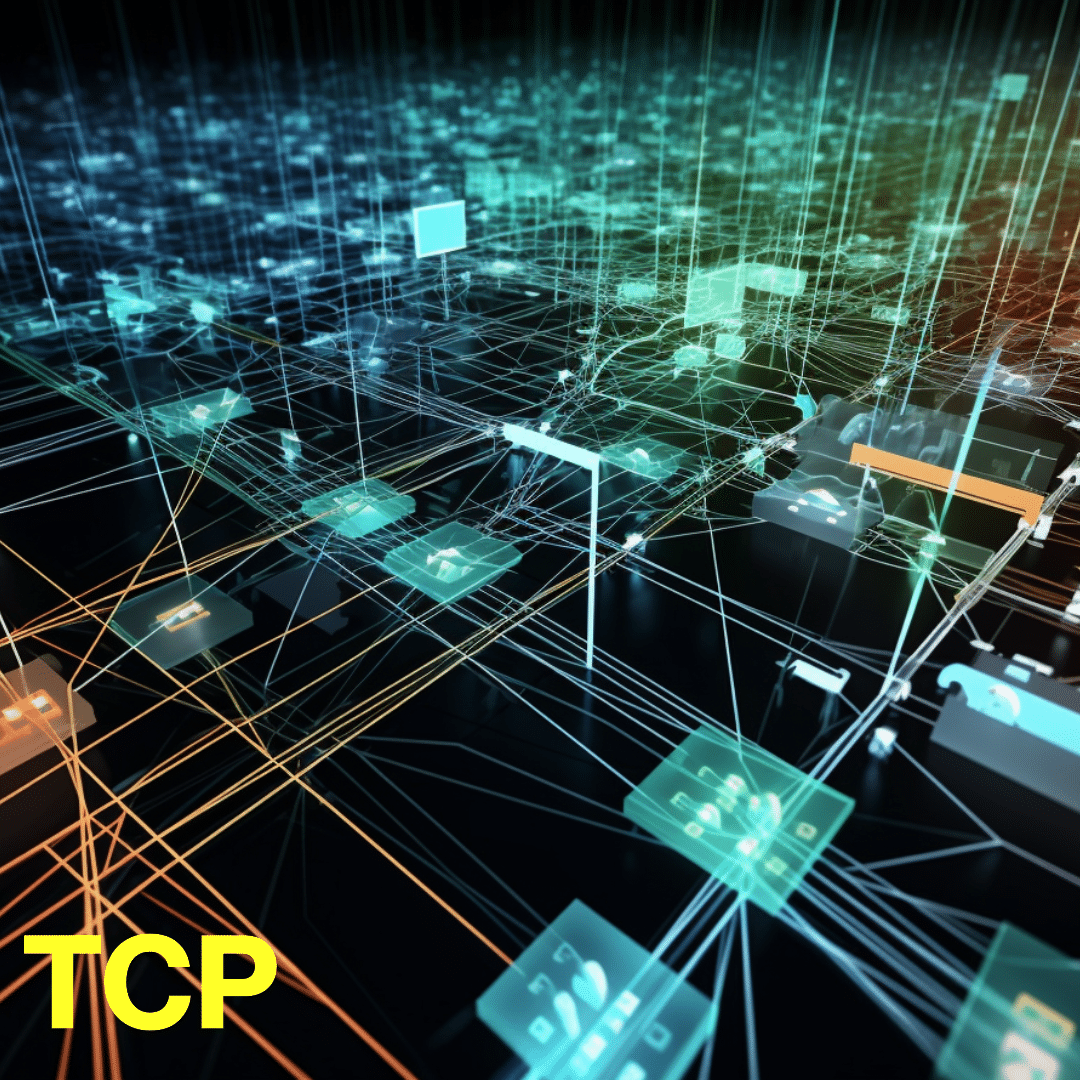In the world of internet communication, few things are as fundamental as the Transmission Control Protocol (TCP). It’s a standard that defines how to establish and maintain a network conversation through which application programs can exchange data.
Understanding TCP

TCP is a core protocol of the Internet protocol suite. It operates at a higher level than its counterpart, the Internet Protocol (IP). This means that all applications that require reliable communication between two hosts can use TCP. Web browsing, email transmission, and file transfers are just a few examples of applications that utilize TCP.
TCP’s Role in Internet Communication
At its core, TCP provides a reliable, ordered, and error-checked delivery of a stream of bytes from one host to another host on the internet. It’s like a courier service that guarantees the delivery of your parcel. TCP also ensures that packets are delivered in order and none of them are lost by using sequence numbers and acknowledgment messages.
How TCP Works
TCP utilizes a process known as the “three-way handshake” to establish a connection between two hosts. Here’s a simplified breakdown:
- The initiating host sends a SYN (synchronize) packet to the receiving host.
- The receiving host responds with a SYN-ACK (synchronize-acknowledge) packet.
- The initiating host sends an ACK (acknowledge) packet back to the receiving host.
Once this process is completed, the hosts have established a TCP connection and can exchange data.

TCP vs UDP
While TCP is all about reliability, the User Datagram Protocol (UDP), another core member of the internet protocol suite, focuses on speed. Unlike TCP, UDP doesn’t guarantee delivery by eliminating the “handshake” process, making it suitable for real-time applications like live streaming and gaming.
Key Differences:
- Reliability: TCP provides reliability; UDP does not.
- Ordering of data packets: TCP rearranges data packets in the order specified; UDP sends packets in the order of delivery.
- Speed: UDP is faster, simpler and more efficient than TCP.






